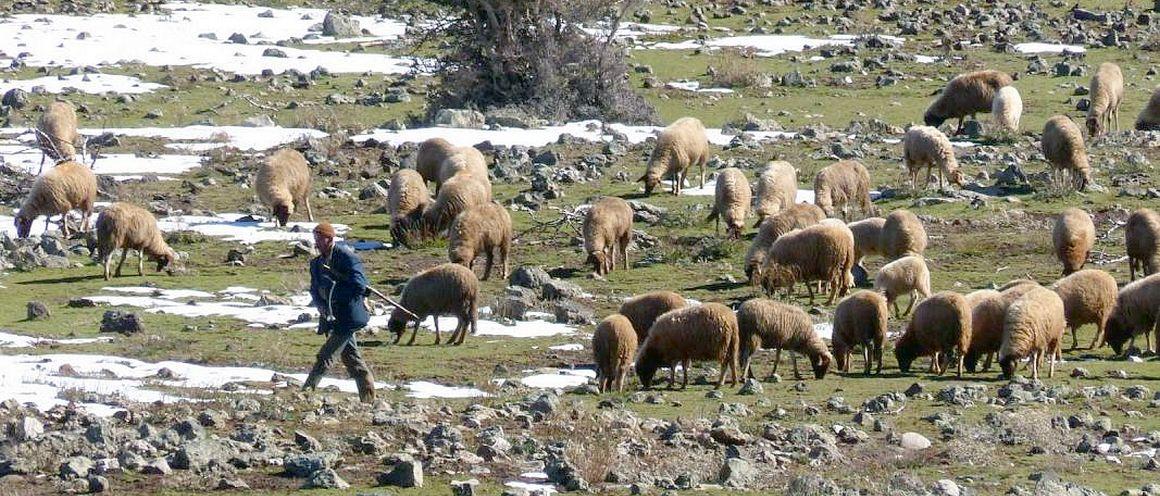Results & impact 10 October 2025
- Home
- Press area
- Press releases
- agricultural policies climate biodiversity food securi
Combining agricultural emissions reduction policies to balance biodiversity conservation and food security

To stay within the target of 2°C by 2100, the agricultural sector has three main options: second-generation biofuel production, a switch to less meat-centred diets, and reforestation of rangeland areas. A combination of those three strategies looks like the best way of reconciling climate, biodiversity and food security issues © P. Dugué, CIRAD
“In order to limit global warming to 2°C by 2100, the scenarios developed by the IPCC indicate that global agriculture will need to reduce its greenhouse gas emissions by 4.3 GtCO2,eq/year by 2100 ”, says Rémi Prudhomme, a modeller at CIRAD and lead author of the study published on 23 September in Environmental Research Letters . “To achieve this, the sector has three key strategies: second-generation biofuel production, dietary change, and the reforestation of pastures ”.
“Our findings show that implementing just one of these strategies would have negative consequences, either for food security, or for biodiversity, or for both ”, Rémi Prudhomme adds. “The best solutions lie in a mix of these three policies ”.
Sharing efforts to avoid adverse impacts on food security or biodiversity
Among 60 mitigation strategies analysed, it emerged that directing 70 % of the mitigation effort towards pasture reforestation and 30 % towards dietary change for a reduction in meat consumption is one of the best options in terms of minimising adverse impacts on biodiversity and food security.
“The reforestation of pastures has very good results on biodiversity indices. However, it also has negative consequences for the price of basic foodstuffs ”, the researcher says. “Conversely, dietary change leads to a reduction in prices, but causes significant changes to ecological communities. This means that as pasture areas increase, biodiversity is transformed, shifting away from a natural ecosystem, and we see certain species disappear in favour of other very different species ”.
A strategy based solely on bioenergy is harmful to both biodiversity and food security
A balanced portfolio of all three mitigation policies, while not optimal for any single criterion, thus avoids the significant adverse effects on food security and biodiversity. High biofuel production, however, appears to be the worst option.
“In all cases, strategies focusing on second-generation biofuel production have proved to be the least effective solutions to balance food security and biodiversity ”, Rémi Prudhomme points out. “When all efforts are concentrated on biofuel production, we even see a deterioration in both biodiversity and food security, compared to a baseline with no changes to current policies ”.
Regional differences
These global results are nevertheless modulated when strategies are downscaled to 12 major world regions. The researchers thus highlight the importance of adapting agricultural emissions reduction policies to the regional level.
“The regional context is decisive in the results obtained ”, Rémi Prudhomme says. “In Canada and the Middle East, for example, average price and cost indices for food are particularly sensitive to emissions reduction policies, whereas biodiversity indices are relatively insensitive. In China, on the other hand, biodiversity is more significantly impacted than prices ”.
In order to align biodiversity, food security and climate change mitigation, the agriculture of the future will need to implement a mix of emissions reduction strategies adapted to the different regional contexts.
Reference
Rémi Prudhomme et al. 2020. Combining mitigation strategies to increase co-benefits for biodiversity and food security . Environmental Research Letters



























